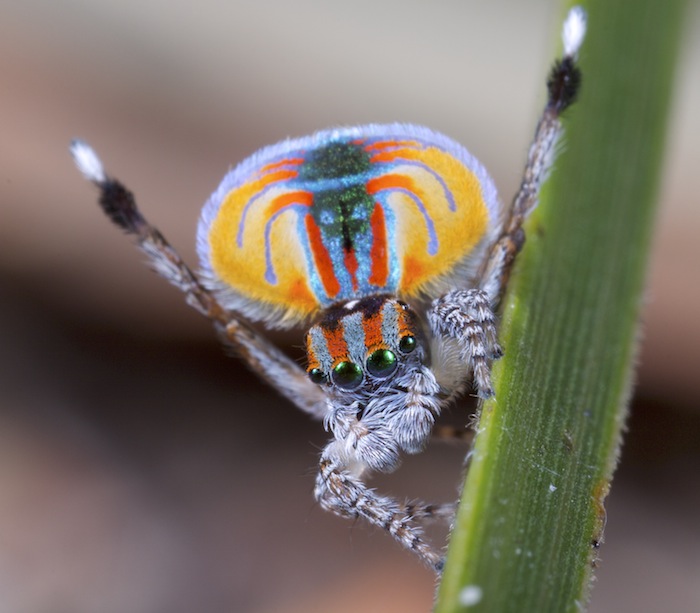Australia has got a sigh of relief from the months of bushfire with the pouring of the rain. Everyone welcomed rain as it put the fire to an end even though for a temporary period. But, the unwelcoming thing that came along with the rain is a wave of deadly spiders. In some parts of Australia, a wave of deadly spiders came along with the rain. Most of those spiders are venomous, but the main threat is from the Sydney funnel-web spider. It is one of the most dangerous type of spiders known to human beings. This spideris known to contain potent venom. Here’s more into the life of one of the world’s most poisonous spiders.
They came along with the rain
The summer season or fire season of Australia kills almost millions of wild animals every year. This year was even worse and destroyed more than 10 million hectares of forest land and an uncountable number of animals. The lack of rainfall in the initial summer months created a problem for the poisonous spiders of Australia too.
But, as the rainfall came after a massive bushfire, it was a perfect atmosphere for the spiders to increase. This news was given by the Australian Reptile Park (ARP), a zoo in Somersby, NSW. It may seem scary, but it is not a matter of panic as their venom can be used to create life-saving antivenom. ARP has been running a venom-milking program for 50 years, collecting spiders and snakes. So the more spiders will mean more chances to create antivenom.
The danger that comes along
No doubt, these Sydney funnel-web spiders are amongst the poisonous spiders of Australia. The male ones are more dangerous and venomous than the female spiders. The male spiders are six times more poisonous than the female ones. Around thirteen deaths have been recorded since 1972 though the risk is much lower at present. There are no deaths recorded after the ARP started developing antivenom.
The chances of getting bitten are meager as they mostly survive by fleeing or hiding. Although, they might bite if they’re trapped or frightened. Sydney funnel-web spiders are known to be aggressive when they are frightened.
Although the male ones are more venomous, many myths are also attached to them. They do not jump behind or follow humans and mostly live outdoors only…




